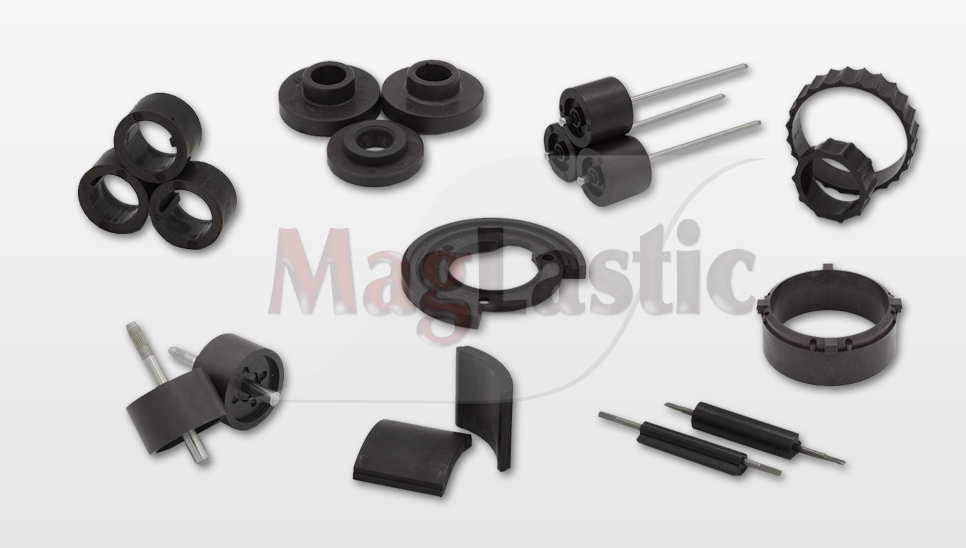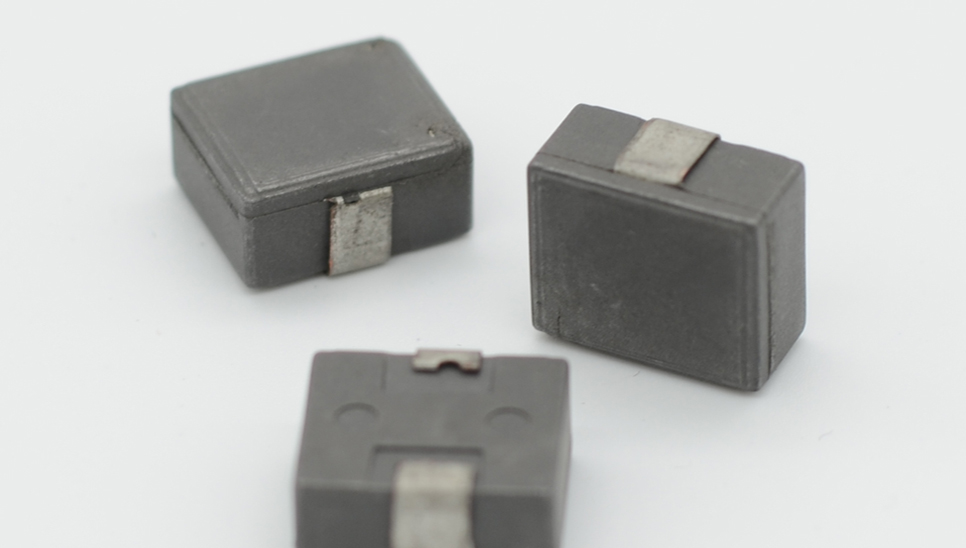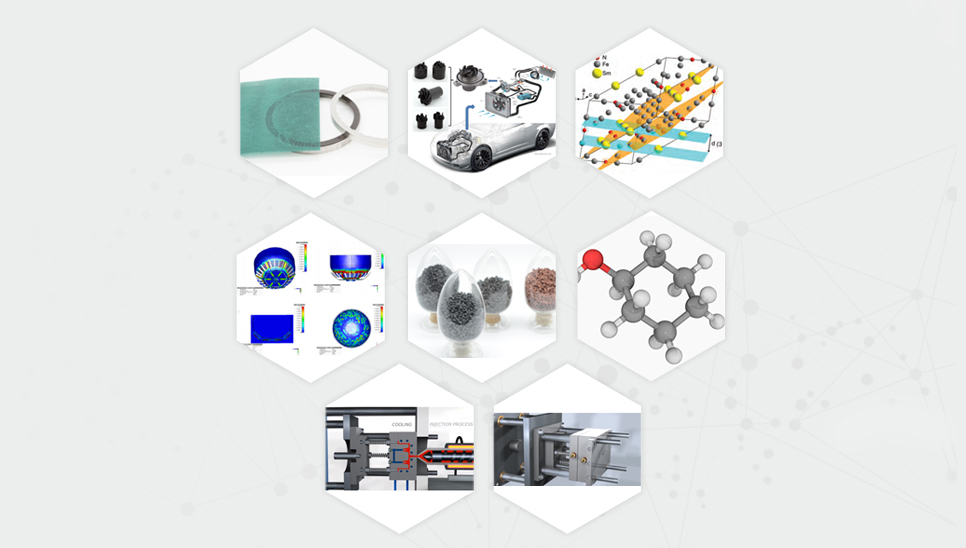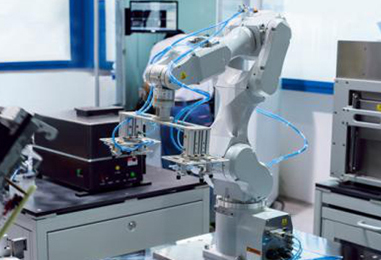The internal magnetic domains of magnetic materials are the key to understanding why the magnetic materials exhibit the property of magnetization. The reason why ferromagnetic materials can be magnetized is that compared with non-magnetic materials, there are many spontaneously magnetized regions (regions with a single magnetization direction)-magnetic domain in such materials.
Description of the magnetization process curve of a magnetic material: If a piece of ferromagnetic material that is not magnetized at all is placed in a magnetic field, the magnetic field strength (H) gradually increases from zero. At the same time, the magnetic induction intensity (B) of the ferromagnetic material is measured, and the relationship between the magnetic induction intensity (B) and the magnetic field intensity (H) is obtained. Finally, draw a curve with the two quantities of B and H obtained above, and this curve is called the magnetization curve. The magnetization curve from zero magnetization state to saturation is also called the initial magnetization curve.
For ferromagnetic materials that are not magnetized, when an excitation magnetic field H=0 is applied, the magnetic domains of ferromagnetic materials are disordered and do not exhibit magnetism externally. When the external excitation magnetic field H gradually increases, it will first "rotate" the magnetic domains close to the direction of the external magnetic field, and the ferromagnetic material exhibits magnetism. If the external magnetic field H continues to strengthen, the magnetic domains in the ferromagnetic material whose direction is different from the direction of the external magnetic field will continue to rotate. At this time, the ferromagnetic material will show stronger magnetism, and the magnetic domains are basically the same as the external magnetic field.
With the further strengthening of the applied magnetic field H, when the magnetic domain direction of the ferromagnetic material is completely consistent with the applied magnetic field, the ferromagnetic material reaches the maximum magnetic flux. At this time, there will be a phenomenon of "limit magnetization", that is, the phenomenon of core saturation. At the same time, the external magnetic field is further strengthened. However, the magnetic flux of ferromagnetic materials will not increase, and the magnetic flux density will reach the maximum value.
The above is the expression method of the magnetization mechanism of magnetic materials. Understanding the magnetization mechanism is of great help to our understanding of why the magnetic materials exhibit the property of magnetization, especially the inductance and transformer saturation problems that we often encounter. Why is saturation for both of them prohibited? This is because after saturation, there is no rotatable magnetic domain, and the magnetic flux density reaches the maximum value of a certain ferromagnetic material. If you increase the external magnetic field excitation, the inductor has no ability to generate greater magnetic flux density, and it has no ability to block current. Therefore, it is a wire, which is quite dangerous for transformers.

Other Functional Composite Materials In addition to bonded magnetic compounds, we can also cooperate with customers to develop customized functional composite materials, such as high-density compounds and metal bonded plastic. We are committed to providing customers with new user experience and different design inspiration.
 CN
CN











 Call us on:
Call us on:  Email Us:
Email Us:  1F, Building 3, NO.77 Gaoxin 13 road, Xiaoshan district, Hangzhou
1F, Building 3, NO.77 Gaoxin 13 road, Xiaoshan district, Hangzhou